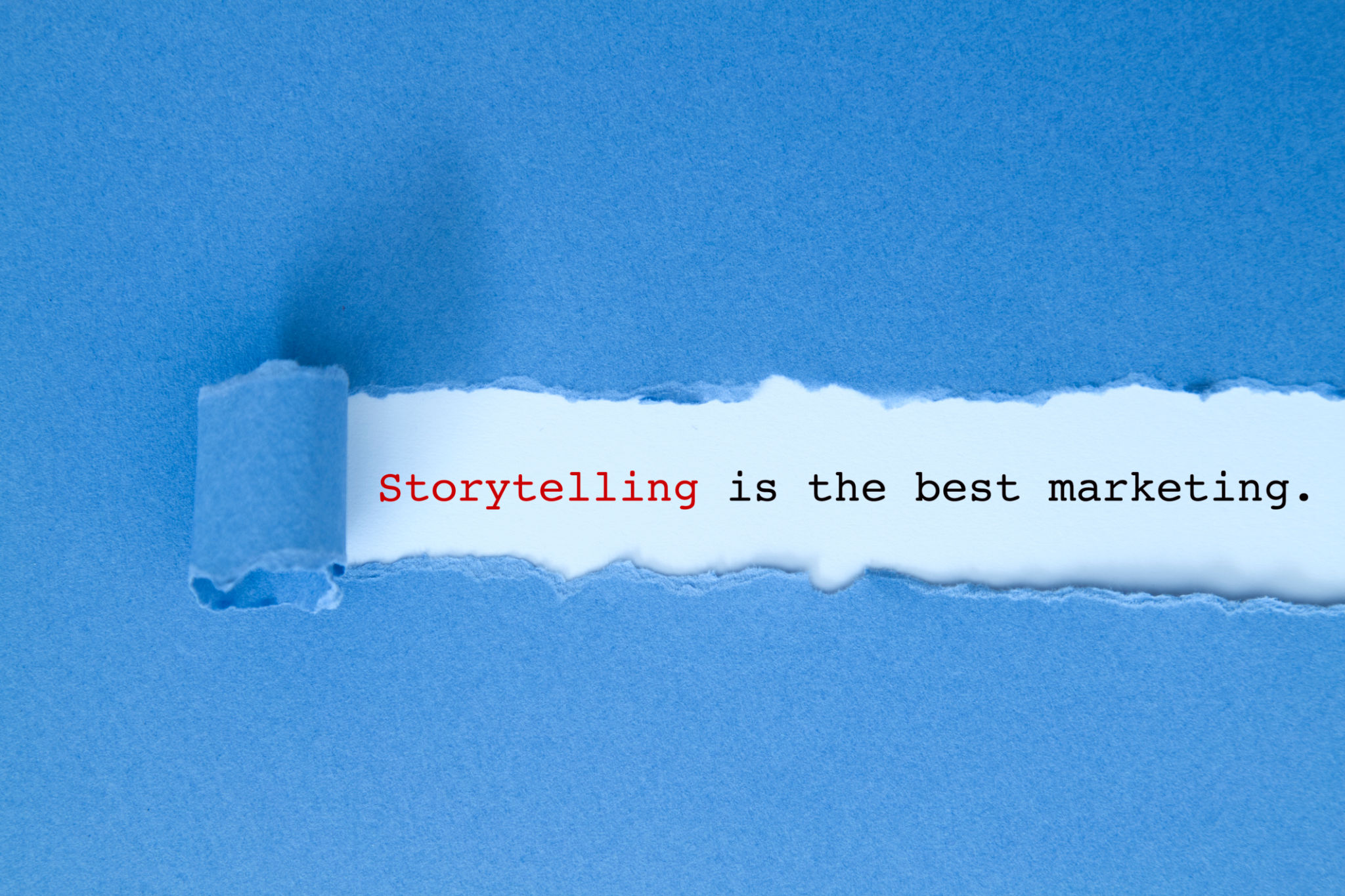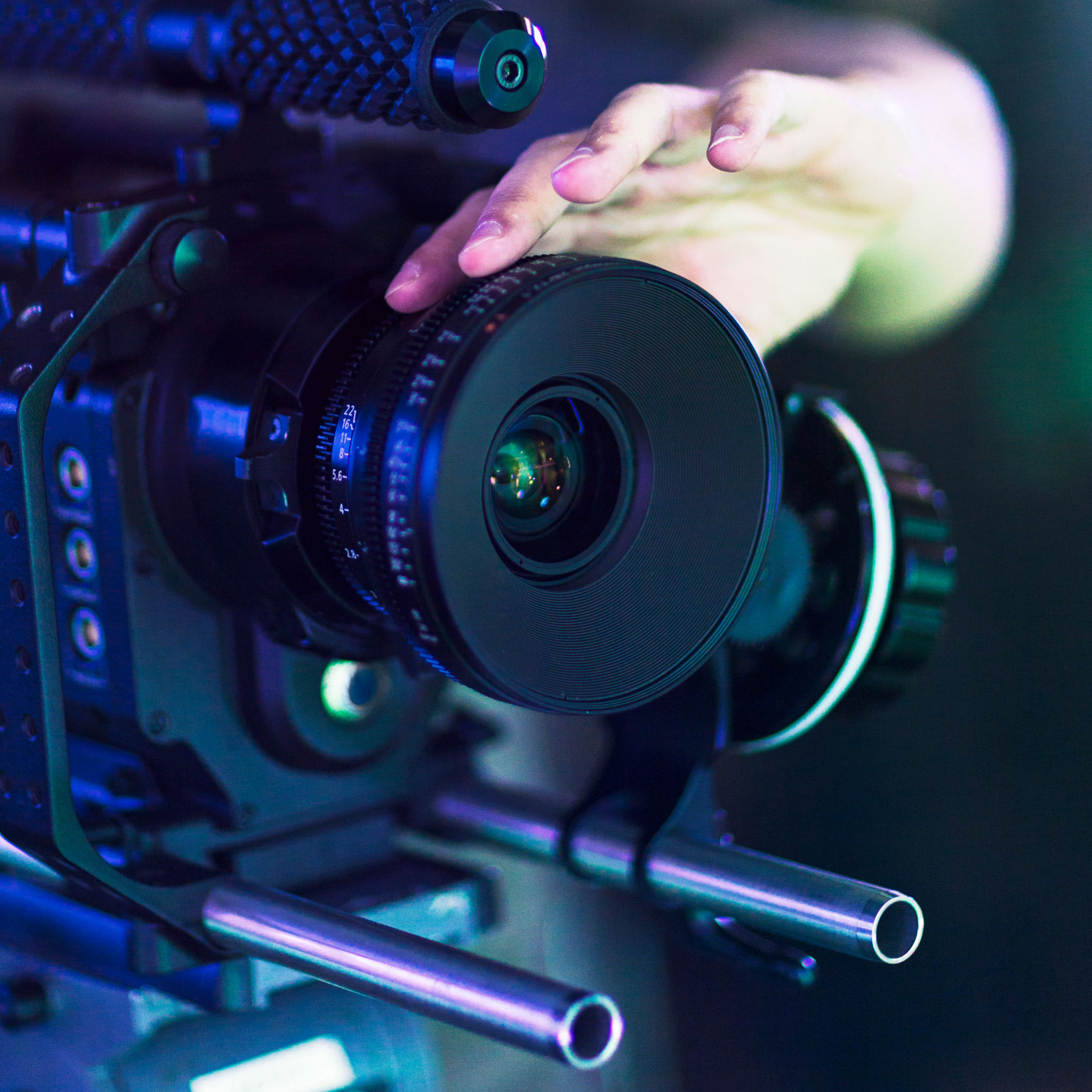Mastering Video Storytelling: Tips from San Diego's Top Producers
JN
The Art of Video Storytelling
In today's fast-paced digital age, capturing your audience's attention is more challenging than ever. This is where the art of video storytelling comes into play. **San Diego's top producers** have mastered this craft, creating compelling narratives that engage and resonate with viewers. Whether you are a budding filmmaker or a seasoned professional, understanding the nuances of storytelling can elevate your projects to new heights.
Video storytelling is not just about recording events; it's about crafting a narrative that evokes emotions and connects with the viewer on a personal level. The best stories are those that are relatable and memorable, leaving a lasting impact long after the video ends.

Understanding Your Audience
The first step in mastering video storytelling is understanding your audience. Knowing who you are speaking to helps tailor your message to their interests and preferences. San Diego's producers emphasize the importance of **audience research** to create content that resonates. Consider factors such as age, gender, location, and interests when crafting your story.
Engaging your audience starts with a hook—something that grabs their attention from the outset. Whether it's a powerful image, a surprising fact, or an emotional moment, your story needs to capture interest within the first few seconds. This initial engagement sets the tone for the rest of the video.
Crafting a Compelling Narrative
A well-structured narrative is key to effective video storytelling. **San Diego's leading experts** recommend the classic three-act structure: setup, confrontation, and resolution. This framework provides a clear beginning, middle, and end, guiding viewers through the story's journey. The setup introduces characters and context, the confrontation presents conflict or challenges, and the resolution ties everything together with a satisfying conclusion.

Creating dynamic characters is another essential aspect of storytelling. Characters drive the narrative and provide a human element for viewers to connect with. Whether real or fictional, your characters should be relatable and authentic, with clear motivations and development throughout the story.
Visual and Emotional Impact
Visual elements play a crucial role in storytelling, enhancing the narrative and creating an emotional impact. **Top producers in San Diego** utilize techniques such as lighting, color grading, and composition to convey mood and tone. The choice of music and sound design further enhances the emotional depth of the story, drawing viewers into the experience.
Incorporating visuals that complement the narrative can help reinforce key themes and emotions. For example, a serene landscape might underscore feelings of peace and tranquility, while dynamic action sequences can heighten tension and excitement.

The Power of Editing
Editing is where the magic of storytelling truly comes together. It's not just about cutting footage; it's about shaping the story and pacing it for maximum impact. **San Diego producers** often emphasize the importance of seamless transitions and thoughtful sequencing to maintain viewer engagement.
Consider using techniques like cross-cutting to build suspense or montage sequences to quickly convey information. The rhythm of your edits should match the tone of your story, whether it's fast-paced and energetic or slow and contemplative.
Final Thoughts
Mastering video storytelling requires a blend of creativity, technical skill, and audience insight. By learning from San Diego's top producers, you can hone your craft and create videos that captivate and inspire. Remember, every story is unique, so embrace your creativity and let your voice shine through in your work.
As you continue to develop your storytelling skills, keep experimenting with new techniques and styles. The world of video production is always evolving, offering endless opportunities for innovation and growth.
